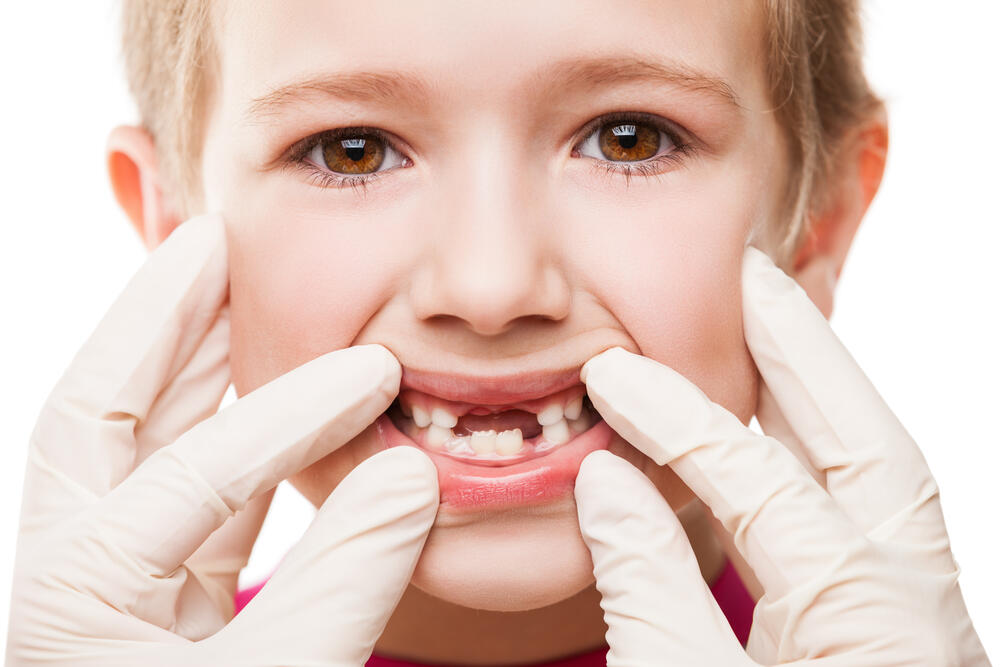Almost every child goes through an uncomfortable era throughout their growth. The interval between having a mouth full of baby teeth and having a fully adult grin is a perfect illustration. The formation of “shark teeth” is a typical problem during this era. When the baby teeth don’t fall out on time, and the permanent teeth grow in after them, this happens. It causes a double row of teeth, which is a source of anxiety for both children and parents. Continue reading to learn more about this phenomenon and what you can do about it! Children’s Dental Center Indianapolis IN suggests what to do if your child has double teething in one row.
Should I Be Concerned If My Child’s Teeth Are Arranged In Two Rows?
Paying attention to your child’s health and well-being is one of the characteristics that set you apart as a good parent. They understand that your child’s second set of teeth may be related to this, but in most cases, this is irrelevant. This is a common problem between parents, so you are not alone in thinking about how much you should worry about.
Is Having Two Rows Of Teeth Normal?
Because their child has two rows of teeth in their mouth, they see a lot of trouble from parents. It can happen when the baby’s front lower teeth erupt in the mouth. It usually occurs between the ages of 6 and 7. It is a sign that your baby may have congestion in the mouth in the future.
What Causes Two Sets Of Teeth In Children?
According to Pediatric Dentistry Indianapolis IN, when children have two sets of teeth, their baby and adult teeth are present simultaneously. When their permanent teeth erupt in a way that does not force the baby’s teeth out. When adult teeth erupt correctly, they squeeze and eventually break the roots that connect children’s teeth to the gums, causing the baby’s teeth to fall free. When the roots of a child’s teeth do not break, permanent teeth are forced to come around the child’s teeth, resulting in two rows of teeth in young people.
When Are My Child’s Baby Teeth Supposed To Fall Out?
This is different for each child, but you can guess that your child’s teeth will appear between the ages of two and three and then open between five and seven. However, their baby teeth gradually replace permanent teeth over several years. When this procedure is completed, their teeth will come out. According to a rule of thumb, four teeth come out every six months.
What Should I Do If My Child’s Teeth Are In Two Sets?
There are several options for dealing with this issue. If your child’s teeth are loose, encourage them to shake them to see if they will fall out on their own. If your baby’s teeth are not flexible at all, you should see your family dentist for an examination.
What Happens If I Don’t Take Action?
If the baby’s teeth are not extracted in time, the gums may become less attached to the permanent teeth, leading to gum recession. As the baby gets older, he may need a gum transplant.
If extraction is necessary, make sure your child has a reasonably pain-free procedure (i.e., the roots of the child’s teeth are tiny, so they are much easier to remove than a permanent adult tooth). Can be removed.) However, a word of advice from a wise man: let’s explain the procedure to your child; they can break it down into fundamental steps that are not terrible at all!
When Should I Schedule An X-Ray Appointment For My Child’s Mouth?
Have your children get their dental x-rays every other day or once a year. X-rays can also help you get a complete picture of your dentist’s dental and oral health.
What Is The Best Way To Deal With Double Teeth?
If extra teeth have no symptoms or problems, they may not need to be removed. Even if extra teeth are not causing pain, they need to be released in most cases of hyperdontia. If too many teeth are causing difficulty in chewing or eating, a dentist may recommend a tooth extraction.
When should you see your family dentist?
It is important to remember that if one of your child’s two front or bottom teeth grows behind the child’s teeth, the other will follow. Because pairs of teeth sometimes look alike, if this is the case and your child is not in pain, it is usually best to wait for both permanent teeth to appear before making an appointment.
If the baby’s teeth are not loose and the adult and baby’s teeth are at the same height, you should make an appointment. Even if you are unsure if your child and permanent teeth are the same, wait two months after the adult teeth appear. If your child’s teeth are not yet in this stage, you should see your family dentist.
If your child’s permanent teeth erupt behind their molars, their teeth may become crowded. In this instance, you should also consult your family dentist to ensure that your child’s mouth has a proper place for rest and optimal dental health.
If your child is experiencing pain due to permanent tooth decay behind your child’s teeth, you should schedule an appointment with their primary dentist. It is usual for children to have mild discomfort when they have loose or loose teeth, but if you fear that they are feeling more than that, you should appointment with your child’s dentist. Should book
Your family dentist will tell you if they believe the baby’s teeth will loosen on their own and will fix the problem or if they will need to be pulled. An X-ray and essential examination are often used to establish this. Because all baby’s teeth are unique, book an appointment with your family dentist if you are worried that your baby’s teeth are not coming out on time.



